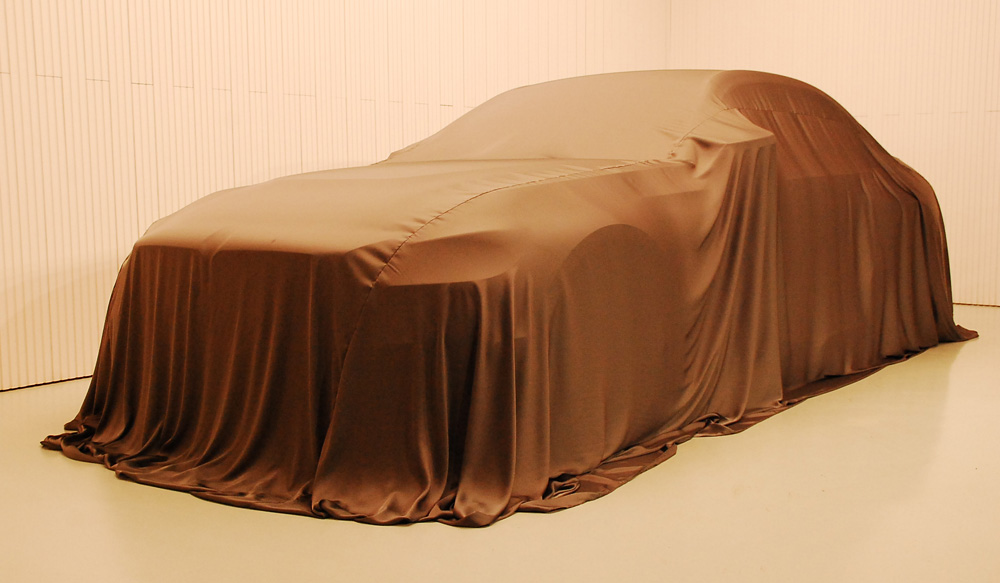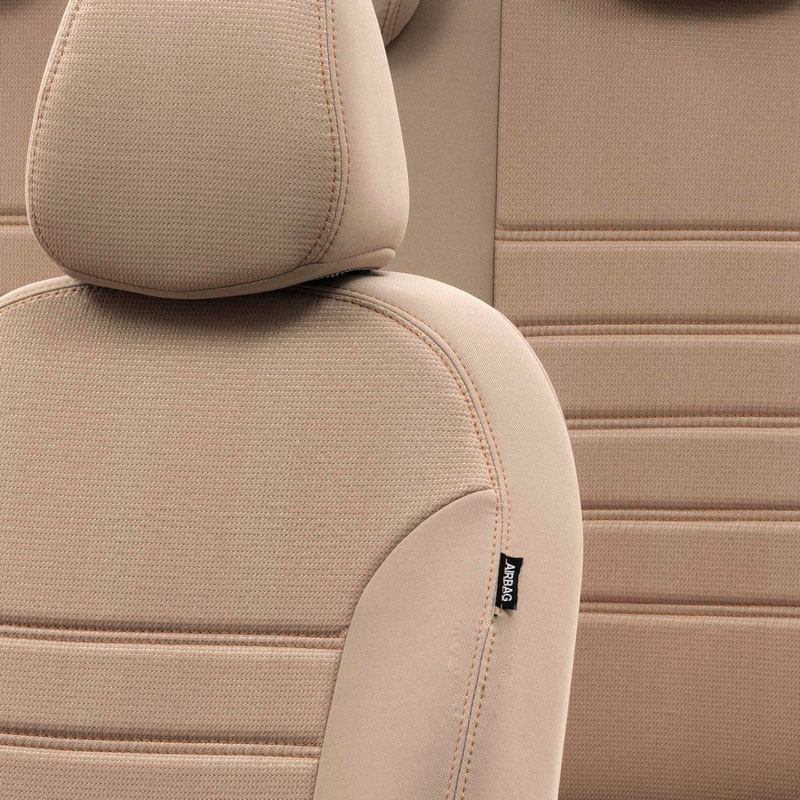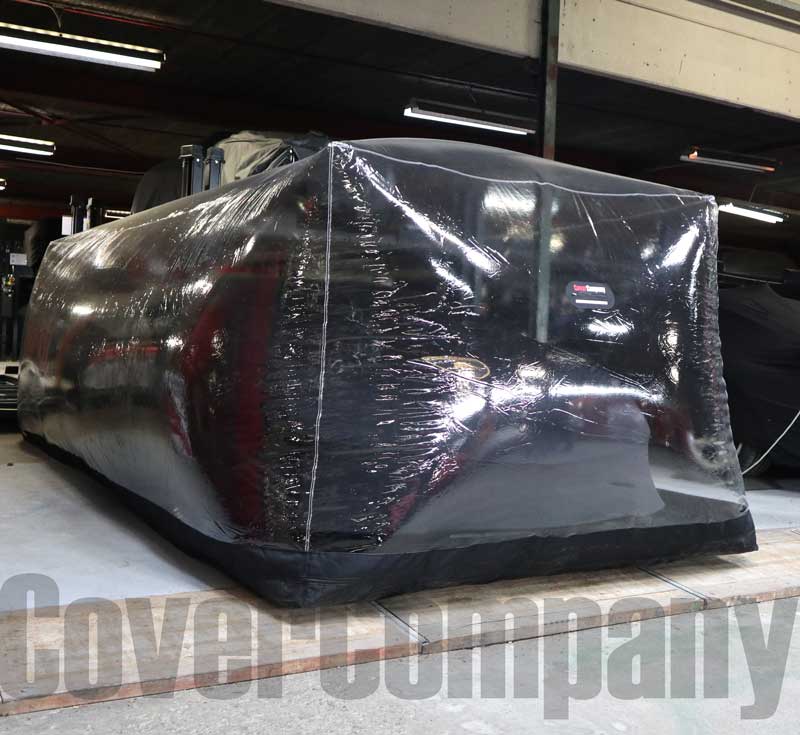Shop now.Pay it in 4.

Clearpay is unregulated credit.
Use responsibly.T&Cs & late fees
apply at clearpay.co.uk/terms
Monthly Archives: March 2023
-
29 MarRead more »
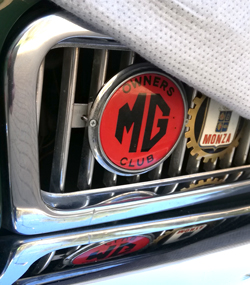 MG is a British car brand that has a rich history dating back to the early 1920s. The company was originally founded in 1924 by William Morris, who wanted to create a range of affordable sports cars. The first MG car, the 14/28, was launched in 1924 and featured a distinctive octagonal radiator grille that has become a hallmark of the brand.
MG is a British car brand that has a rich history dating back to the early 1920s. The company was originally founded in 1924 by William Morris, who wanted to create a range of affordable sports cars. The first MG car, the 14/28, was launched in 1924 and featured a distinctive octagonal radiator grille that has become a hallmark of the brand.In 1929, MG was acquired by Morris Motors, which allowed the company to expand and develop new models. Throughout the 1930s, MG produced a range of successful sports cars, including the MG Magnette, MG Midget, and MG T-Series. These cars were known for their sleek designs and high performance, and they quickly became popular with car enthusiasts around the world.
During World War II, MG shifted its focus to producing military vehicles, but it returned to car production after the war ended. In the 1950s, MG launched the iconic
-
27 MarRead more »
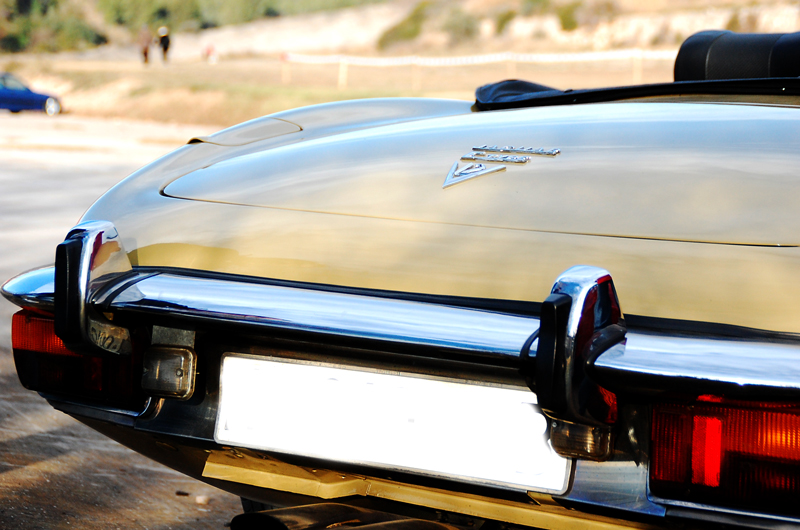 Jaguar is a British luxury car manufacturer known for producing high-performance vehicles with elegant designs. Here's a brief history of Jaguar:
Jaguar is a British luxury car manufacturer known for producing high-performance vehicles with elegant designs. Here's a brief history of Jaguar:Jaguar was founded in 1922 as the Swallow Sidecar Company, which produced motorcycle sidecars. The company later evolved to produce bodies for cars, and in 1935, it released its first complete car, the SS Jaguar 2.5-litre Saloon. The car was popular, and the company changed its name to Jaguar Cars Limited in 1945.
During the 1950s and 1960s, Jaguar produced several iconic cars, including the XK120, the Mark 2, and the E-Type. The E-Type, released in 1961, was particularly successful, with its sleek design and powerful engine making it one of the most desirable cars of its era.
In 1968, Jaguar merged with the British Motor Corporation to form British Motor
-
25 MarRead more »
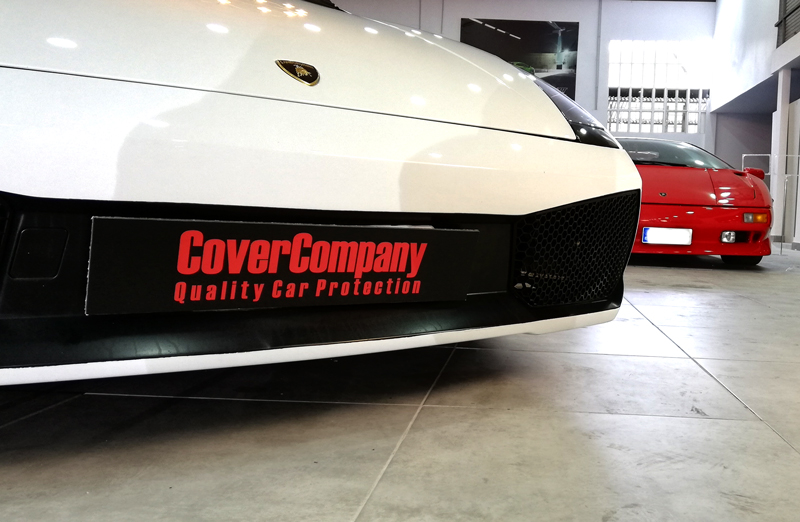 Founded in 1963 by Ferruccio Lamborghini, the company has become synonymous with high-performance, stylish, and exclusive supercars. From the iconic Miura and Countach models of the 60s and 70s to the modern-day Aventador and Huracan, Lamborghini has been pushing the boundaries of automotive engineering and design for over half a century. In this post, we'll take a closer look at the history of Lamborghini, some of their most iconic models, and what makes these cars so special. So buckle up and get ready for a ride!
Founded in 1963 by Ferruccio Lamborghini, the company has become synonymous with high-performance, stylish, and exclusive supercars. From the iconic Miura and Countach models of the 60s and 70s to the modern-day Aventador and Huracan, Lamborghini has been pushing the boundaries of automotive engineering and design for over half a century. In this post, we'll take a closer look at the history of Lamborghini, some of their most iconic models, and what makes these cars so special. So buckle up and get ready for a ride! -
23 MarRead more »
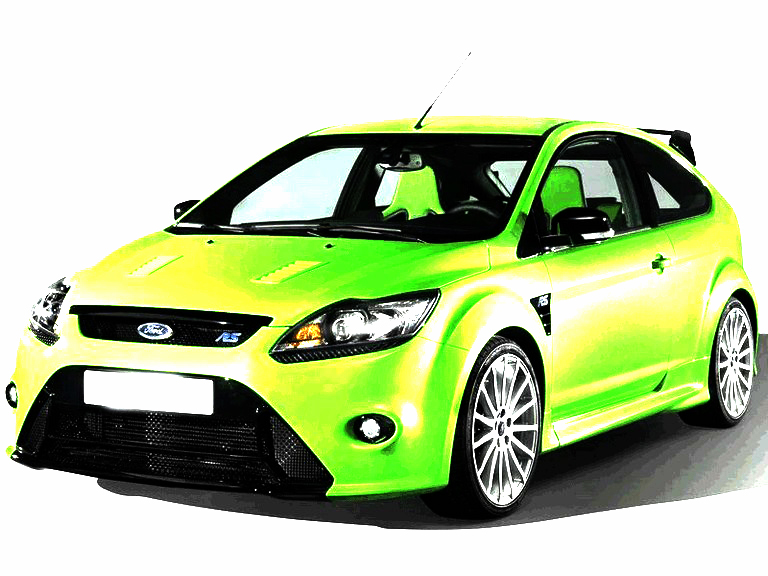 The Ford Focus RS is a legendary performance car that has captured the hearts of car enthusiasts worldwide. With its sleek design, powerful engine, and impressive handling, the Focus RS has become a fan favorite. But how did this iconic vehicle come to be? In this blog post, we will delve into the history of the Ford Focus RS and explore how it evolved into the high-performance machine we know and love today. From its humble beginnings as a rally car to its current status as a modern classic, the Ford Focus RS has certainly had an interesting journey. So sit back, buckle up, and join us as we take a ride through the fascinating history of the Ford Focus RS.
The Ford Focus RS is a legendary performance car that has captured the hearts of car enthusiasts worldwide. With its sleek design, powerful engine, and impressive handling, the Focus RS has become a fan favorite. But how did this iconic vehicle come to be? In this blog post, we will delve into the history of the Ford Focus RS and explore how it evolved into the high-performance machine we know and love today. From its humble beginnings as a rally car to its current status as a modern classic, the Ford Focus RS has certainly had an interesting journey. So sit back, buckle up, and join us as we take a ride through the fascinating history of the Ford Focus RS. -
21 MarRead more »
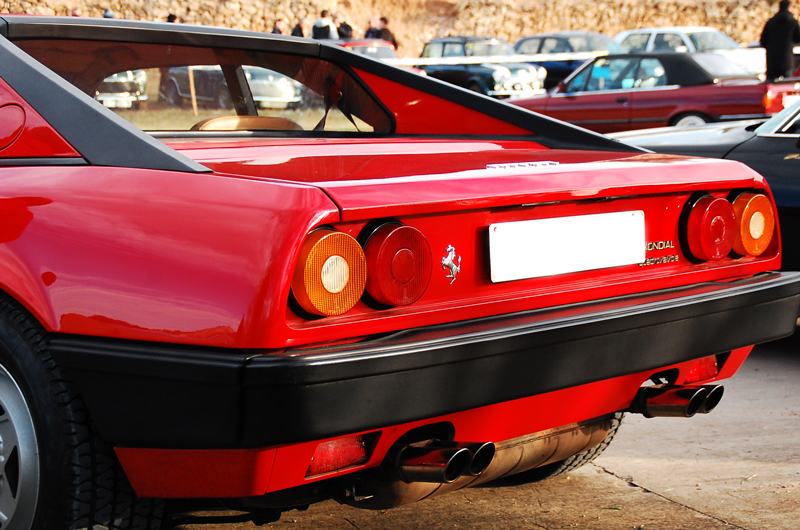 A car with well-kept paint can definitely improve its value at sale as it is one of the first things a potential buyer will notice and can have a significant impact on the overall appearance and perceived quality of the vehicle. A car with a clean and shiny paint job suggests that the owner has taken good care of the car, which can increase the confidence of the buyer in the overall condition of the vehicle.
A car with well-kept paint can definitely improve its value at sale as it is one of the first things a potential buyer will notice and can have a significant impact on the overall appearance and perceived quality of the vehicle. A car with a clean and shiny paint job suggests that the owner has taken good care of the car, which can increase the confidence of the buyer in the overall condition of the vehicle.In fact, studies have shown that a well-maintained paint job can add up to $500 or more to the resale value of a car, depending on the make and model of the vehicle.
However, it's important to note that the value added by a well-kept paint job may vary depending on other factors such as the age and mileage of the car, its mechanical condition, and the demand for that particular make and model in the local market.
-
19 MarRead more »
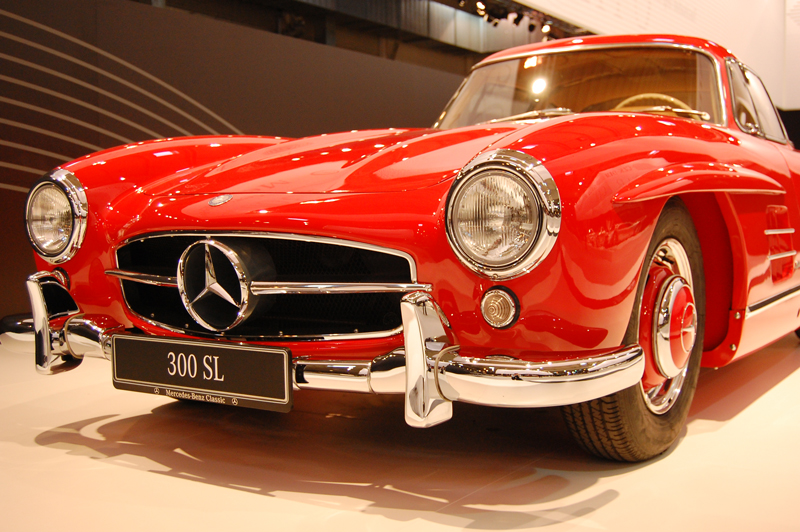 The lifespan of a Mercedes-Benz or any car, for that matter, depends on various factors, including how well it's maintained, how frequently it's driven, and the driving conditions it's subjected to. In general, a well-maintained Mercedes-Benz can last for many years, and some models have been known to run for more than 200,000 miles.
The lifespan of a Mercedes-Benz or any car, for that matter, depends on various factors, including how well it's maintained, how frequently it's driven, and the driving conditions it's subjected to. In general, a well-maintained Mercedes-Benz can last for many years, and some models have been known to run for more than 200,000 miles.Compared to a cheaper or lower quality car, a Mercedes-Benz can potentially last longer due to higher quality materials and components used in its construction. Mercedes-Benz vehicles typically feature advanced engineering and technology, which can contribute to their longevity. Additionally, many Mercedes-Benz models are designed with luxury and performance in mind, which often means they're built with higher-quality materials and are subject to more rigorous testing and quality control standards.
-
17 MarRead more »
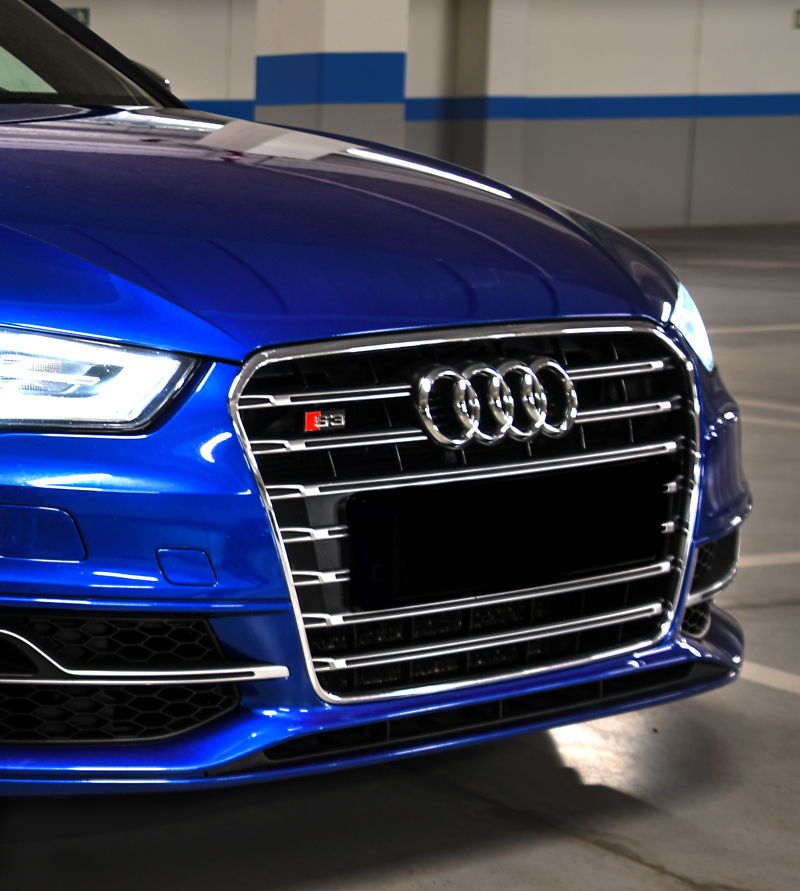 The Audi A3 is a compact executive car that was first introduced by the German automaker Audi in 1996. It was designed as a replacement for the Audi 80 and was marketed as a more luxurious and upscale alternative to other compact cars in its class.
The Audi A3 is a compact executive car that was first introduced by the German automaker Audi in 1996. It was designed as a replacement for the Audi 80 and was marketed as a more luxurious and upscale alternative to other compact cars in its class.The first-generation A3 was based on the Volkswagen Group A4 platform and was initially only available as a three-door hatchback. It was later joined by a five-door Sportback model, and both versions were offered with a range of petrol and diesel engines.
In 2003, Audi introduced the second-generation A3, which featured a new platform and a more refined design. This version of the A3 was also available as a three-door or five-door hatchback, as well as a convertible.
-
15 MarRead more »
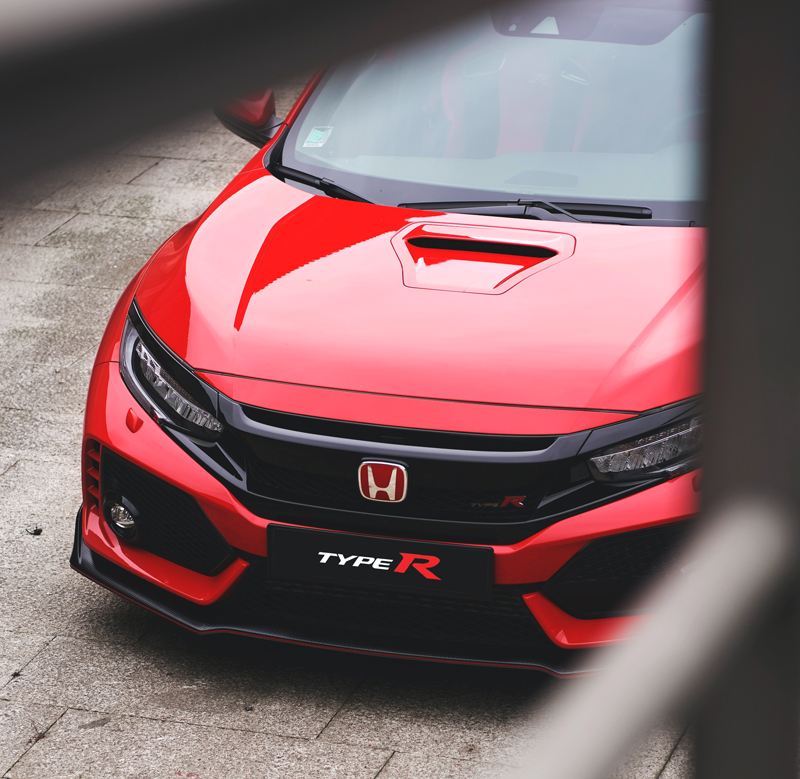 The Honda Civic is a line of compact cars produced by the Japanese automaker Honda. The Civic was first introduced in 1972 as a two-door model, and it has since grown to become one of the most popular and iconic cars in the world.
The Honda Civic is a line of compact cars produced by the Japanese automaker Honda. The Civic was first introduced in 1972 as a two-door model, and it has since grown to become one of the most popular and iconic cars in the world.Here is a brief history of the Honda Civic:
-
14 MarRead more »
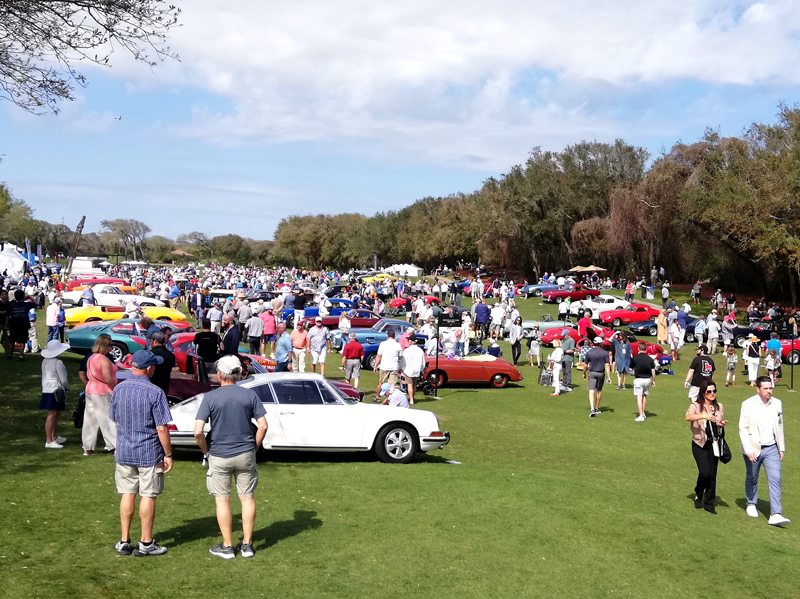 Over 25,000 thousand visitors gathered during the weekend of 4th of March for the 28th annual concours at the Ritz Carlton, Amelia Island, Florida.
Over 25,000 thousand visitors gathered during the weekend of 4th of March for the 28th annual concours at the Ritz Carlton, Amelia Island, Florida.The Amelia Island Concours d'Elegance is an annual car show and charity event held on Amelia Island, Florida, in the United States. The event features a display of rare and classic automobiles, motorcycles, and other vehicles, and is one of the premier automotive events in the country.
-
13 MarRead more »
 SMART (Swatch Mercedes ART) is a brand of microcar that was created through a joint venture between the Swiss watch company Swatch and the German automaker Mercedes-Benz. Here's a brief history of SMART:
SMART (Swatch Mercedes ART) is a brand of microcar that was created through a joint venture between the Swiss watch company Swatch and the German automaker Mercedes-Benz. Here's a brief history of SMART:1980s-1990s: The birth of the idea.
In the 1980s, Nicolas Hayek, the founder of Swatch, began to explore the idea of creating a small, environmentally friendly car. Hayek believed that there was a gap in the market for a car that was stylish, practical, and efficient.

